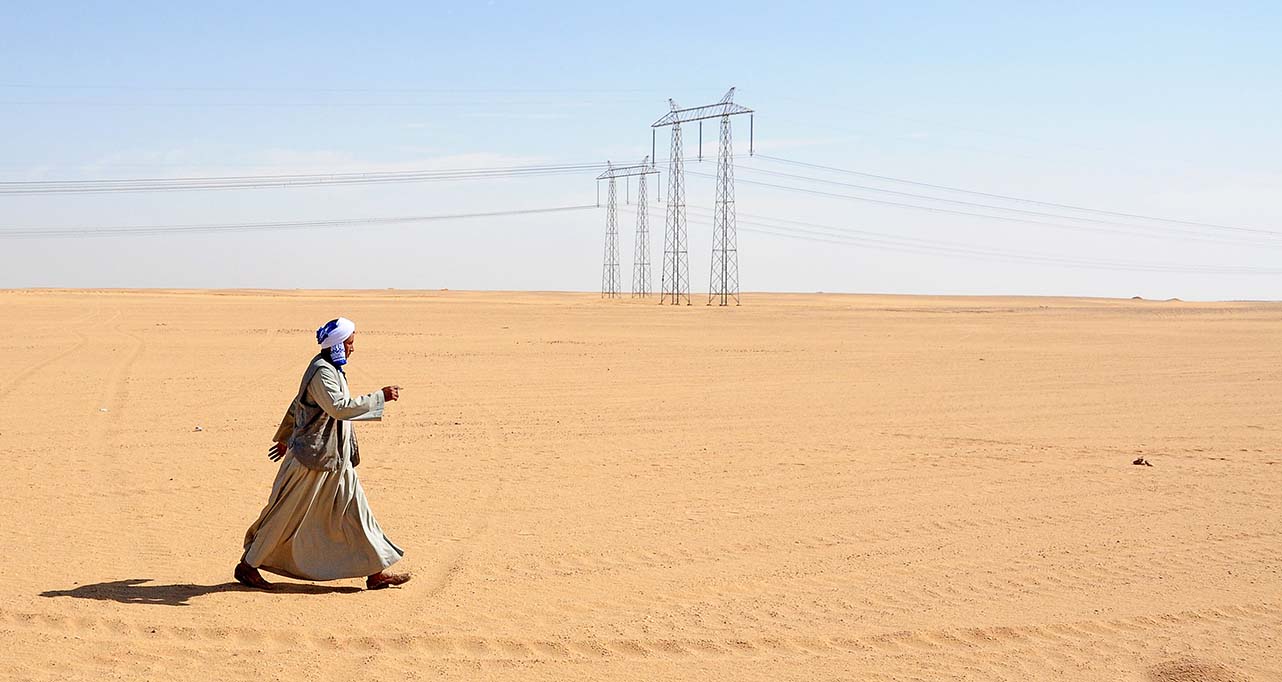Located in Sarajevo canton, the Donja Raštelica primary school bears silent witness to the city’s turbulent history and transformation. Its story begins in the time of the Austro-Hungarian empire, when it was originally built on one of the region’s main transport routes, not as a place of learning, but as a railway station.
After the Second World War, the station was repurposed into a school, serving children from several nearby settlements. Yet, the scars of history lingered: crumbling walls, draughty classrooms and energy-hungry infrastructure all bore testament to the school’s age. It was these enduring marks that led to Donja Raštelica being chosen as one of the key structures in a large-scale initiative to refurbish Sarajevo’s public buildings.
In 2020, the Canton of Sarajevo, with the backing of the European Bank for Reconstruction and Development (EBRD), the European Union (EU) and Austria, embarked on an ambitious endeavour to refurbish 37 public buildings across the city, primarily nurseries, schools, student dormitories and healthcare centres. The aim was clear: to boost energy efficiency, cut heating bills and reduce the city’s carbon footprint. The investment was financed with an €8 million EBRD loan and €2 million EU grant, channelled through the Regional Energy Efficiency Programme (REEP).
Five years on, the results are tangible. Thirty-seven buildings have been transformed – their facades modernised and their interiors made more comfortable for generations to come. Among them, Donja Raštelica has undergone a renaissance, with comprehensive renovations including wall insulation, energy-efficient windows and lighting, and an upgraded heating system.
Sarajevo’s journey towards sustainability has been an EBRD focus in recent years. The city confirmed its commitment to a greener future by joining the Bank’s Green Cities framework in 2019. The reconstruction of public buildings is a cornerstone of the ensuing Green City Action Plan, which also targets improvements in water infrastructure, urban transport and district heating.
“Improving the energy efficiency of public buildings has numerous benefits for the country and its citizens, such as lower CO2 emissions, less energy use for heating and reduced maintenance costs,” explains Stela Melnik, EBRD Head of Bosnia and Herzegovina. “We will continue to provide financing for similar initiatives across the country to make public buildings more energy-efficient and climate resistant.”
While the Sarajevo renovation project is nearing completion, new renovation projects have yet to start in Tuzla Canton and other cities across the country. In total, aroudn 215 buildings have been identified as priorities and will undergo refurbishment as part of the REEP projects currently in implementation in Bosnia and Herzegovina.
Green City projects in Sarajevo are supported by the European Union, Austria, Japan, the Central European Initiative, Italy and the Western Balkans Investment Framework.




